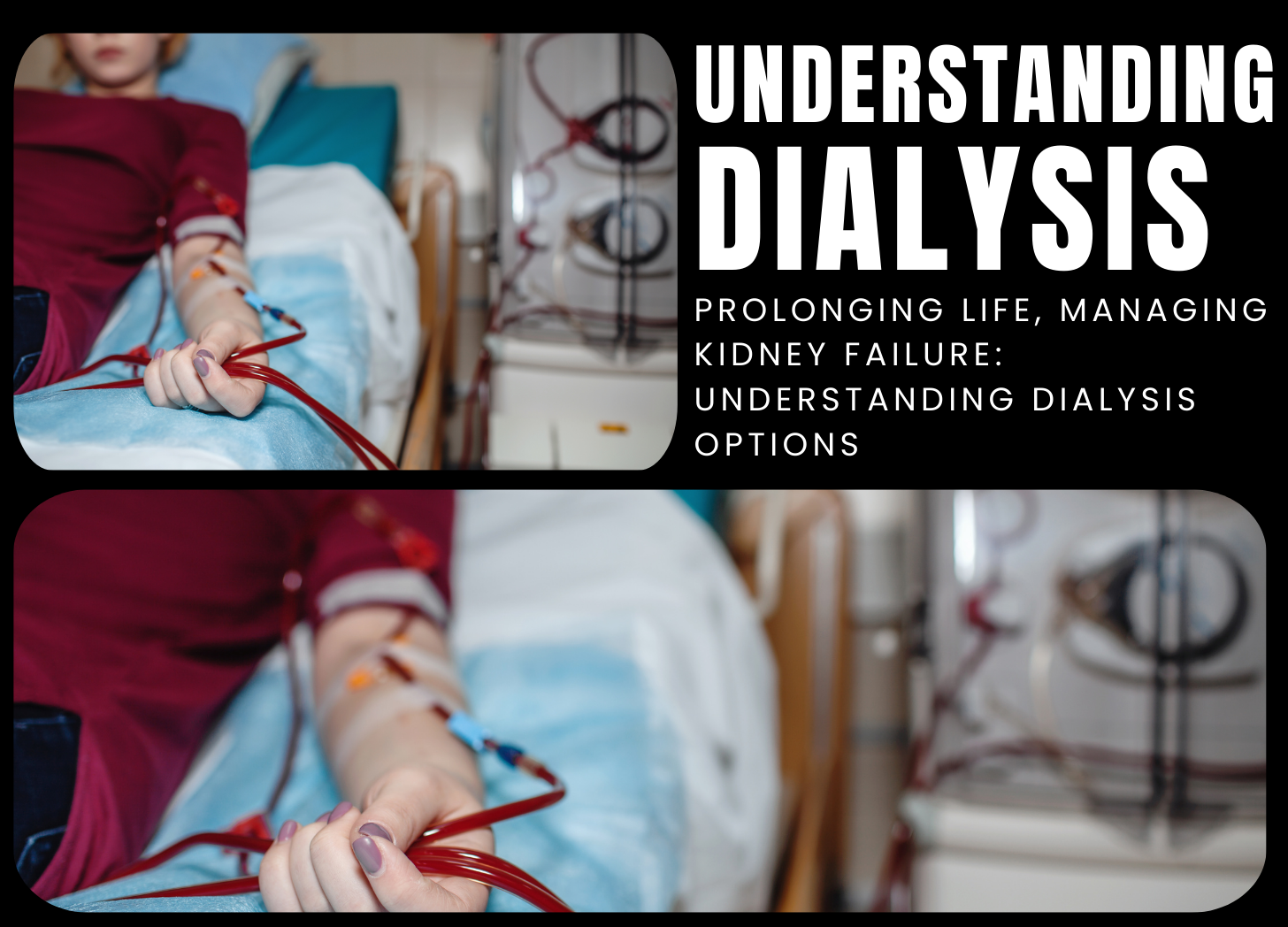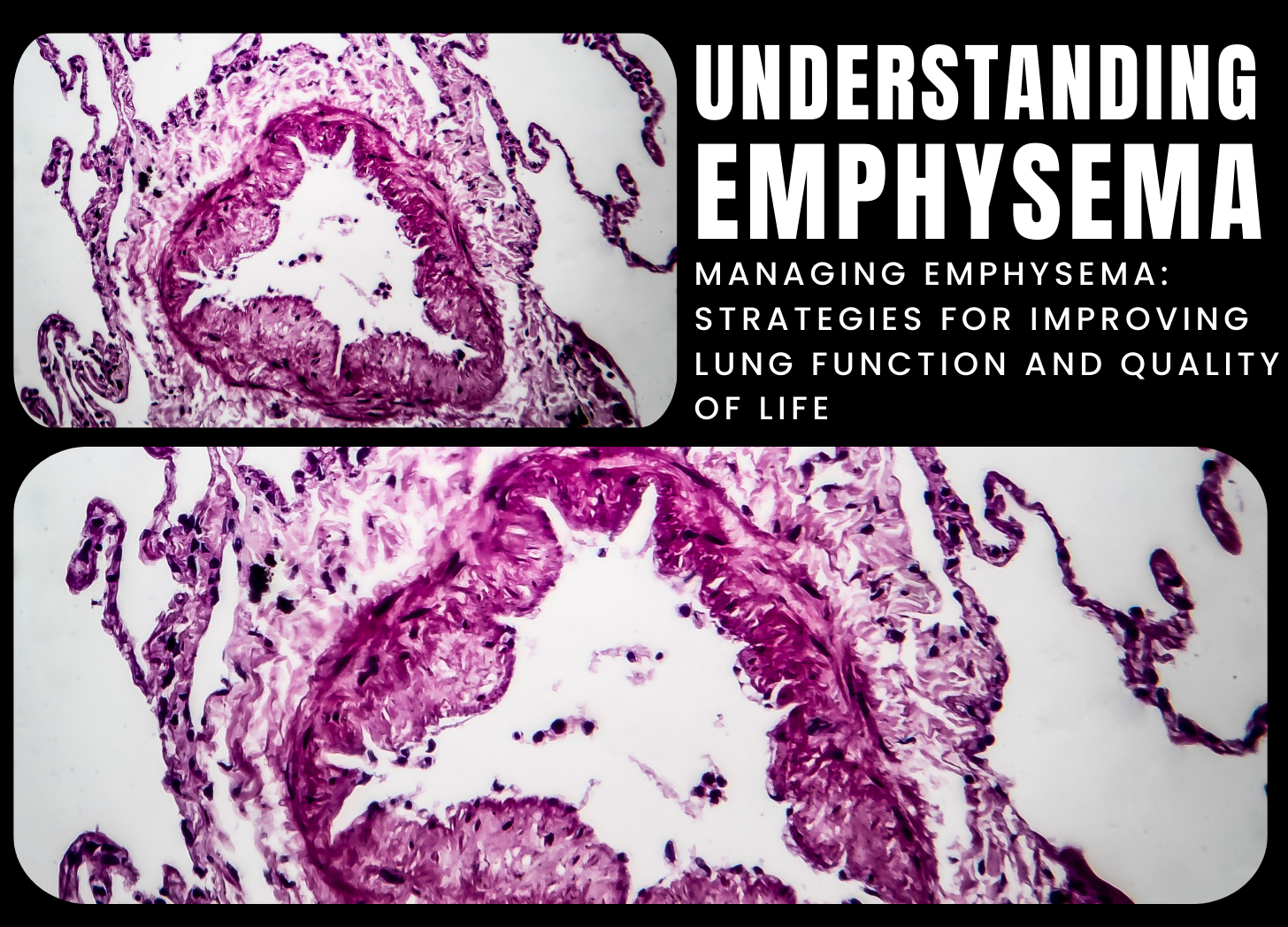Contact Us
Contact Us

26 Mar 2024
Esophageal reflux, also known as acid reflux or gastroesophageal reflux disease (GERD), is a digestive ailment marked by the reflux of stomach acid and/or contents into the esophagus, the tube that connects the throat to the stomach. Occasional reflux is typical and might happen after eating large meals, spicy or acidic foods, or lying down just after eating. However, frequent or persistent reflux symptoms may suggest GERD, a chronic condition that can cause consequences if not managed. The major cause of esophageal reflux is failure of the lower esophageal sphincter…
READ MORE
25 Mar 2024
Anxiety is a common and typical human emotion defined by emotions of concern, uneasiness, or fear over upcoming events or unclear outcomes. While occasional anxiety is a normal reaction to stress and can be useful in some contexts, such as pushing people to prepare for challenges, persistent or severe anxiety that interferes with daily living may suggest an anxiety disorder. Anxiety disorders are a group of mental health diseases defined by excessive or illogical anxiety and fear, which can be debilitating and influence many parts of life. Anxiety disorders have…
READ MORE
22 Mar 2024
Coronary artery disease (CAD) is a common and potentially deadly disorder marked by narrowing or blockage of the coronary arteries, which provide oxygen-rich blood to the heart muscle. CAD normally develops over time as a result of plaque buildup—a combination of cholesterol, fatty compounds, calcium, and other materials—in the coronary artery walls, a process known as atherosclerosis. As plaque builds up, it can impede blood flow to the heart, causing chest pain (angina), a heart attack (myocardial infarction), and other cardiovascular issues. The primary risk factors for coronary artery disease…
READ MORE
21 Mar 2024
Atrial fibrillation (AFib) is the most common type of heart arrhythmia, defined by an irregular and typically rapid pulse rate that originates in the heart's upper chambers, or atria. Instead of contracting in a coordinated manner, the atria fibrillate or quiver, resulting in inefficient blood pumping and possible blood pooling within the heart. AFib raises the risk of blood clots, strokes, heart failure, and other cardiovascular issues. Atrial fibrillation can be caused by a variety of cardiac problems, including hypertension, coronary artery disease, heart valve disease, heart failure, congenital heart…
READ MORE
20 Mar 2024
Spinal fusion is a surgical treatment that permanently connects two or more vertebrae to address a variety of spinal problems that cause instability, deformity, or discomfort. The purpose of spinal fusion is to stabilize the spine, alleviate pain, and improve total spinal functionality. This technique may be advised for a wide range of spinal problems, including degenerative disc disease, spondylolisthesis, spinal stenosis, spinal fractures, scoliosis, and malignancies. Spinal fusion surgery involves removing the injured or deteriorated disc(s) between the affected vertebrae and inserting bone graft material or synthetic substitutes into…
READ MORE
19 Mar 2024
Spondylolisthesis is a spinal ailment in which one vertebra moves forward over the vertebra underneath it. This displacement can occur anywhere along the spine, however it is most frequent in the lower back (lumbar spine). Spondylolisthesis can be caused by a variety of reasons, including congenital anomalies, degenerative changes in the spine, trauma, repeated stress injuries, and vertebral structural problems. One of the most common causes of spondylolisthesis is a defect or fracture in the pars interarticularis, a tiny bony segment that joins the facet joints at the back of…
READ MORE
18 Mar 2024
Lumbago, often known as lower back discomfort, is a common musculoskeletal disorder affecting millions of individuals worldwide. It is characterized by pain, stiffness, or discomfort in the lower back, usually between the ribs and the pelvis. Lumbago can cause minor, transitory discomfort to severe, unrelenting pain that impairs everyday activities and quality of life. While lumbago can be upsetting, it is rarely suggestive of a major underlying medical disease and usually disappears with conservative treatment. Lumbago can be caused by a variety of factors, including muscle strain or sprain, poor…
READ MORE
15 Mar 2024
Dialysis is a life-saving medical treatment for people with kidney failure or end-stage renal disease (ESRD), in which the kidneys are no longer able to filter waste materials and excess fluid from their blood. It is an important medication that helps maintain fluid and electrolyte balance, eliminate toxins and metabolic waste products, and regulate blood pressure in those who have compromised kidney function. Dialysis can greatly enhance quality of life and extend longevity for those with severe renal disease. The two basic methods of dialysis are hemodialysis and peritoneal dialysis.…
READ MORE
14 Mar 2024
Asthma is a chronic respiratory disorder characterized by airway inflammation and constriction, which causes recurrent wheezing, shortness of breath, chest tightness, and coughing. It is a prevalent disorder that affects people of all ages, with symptoms ranging from mild to severe and having a substantial influence on daily activities and quality of life. While there is no cure for asthma, effective treatment measures can help people manage their symptoms and live more active, satisfying lives. Although the exact etiology of asthma is unknown, it is thought to be a combination…
READ MORE
13 Mar 2024
Emphysema is a chronic lung disorder defined by the progressive deterioration of the lungs' air sacs, known as alveoli. This progressive deterioration impairs the lungs' ability to adequately exchange oxygen and carbon dioxide, resulting in symptoms including shortness of breath, coughing, wheezing, and chest tightness. Emphysema is frequently associated with chronic obstructive pulmonary disease (COPD), a category of lung disorders that includes chronic bronchitis. The primary cause of emphysema is prolonged exposure to irritants and toxins, particularly cigarette smoke. Smoking is the principal cause of emphysema, accounting for the great…
READ MORE